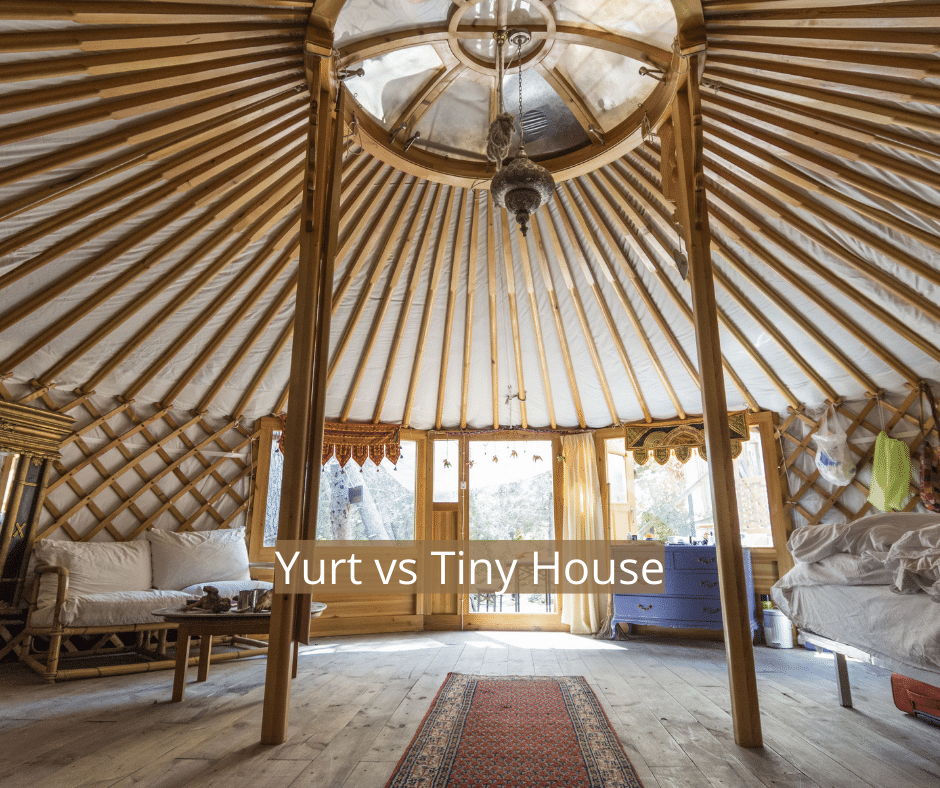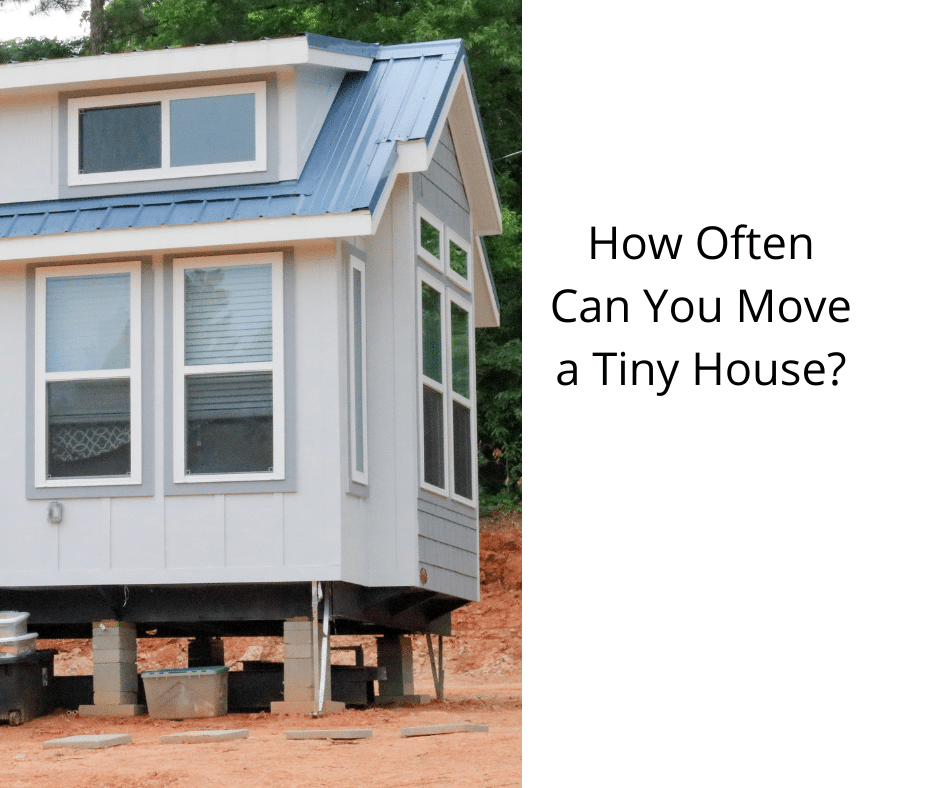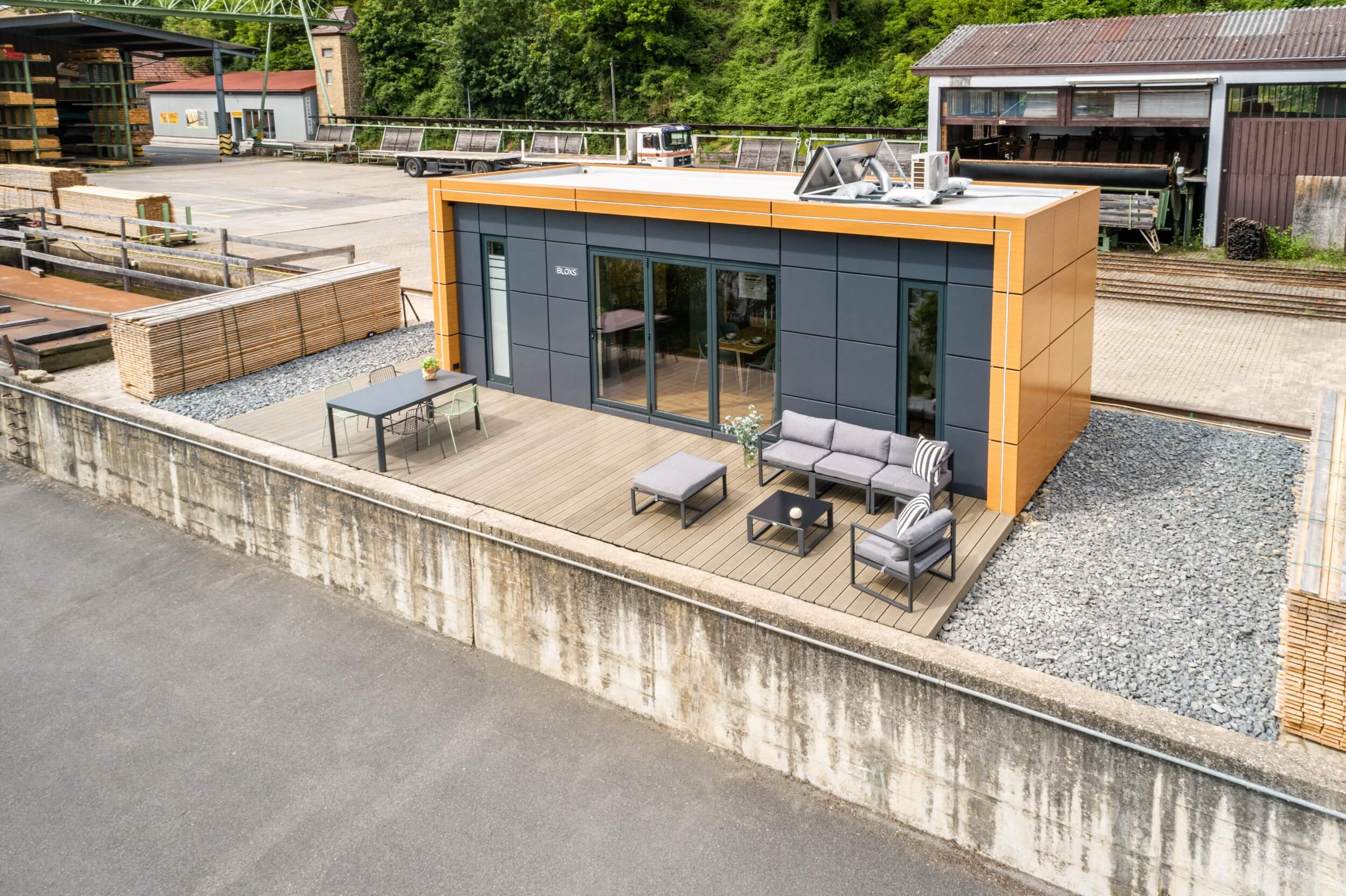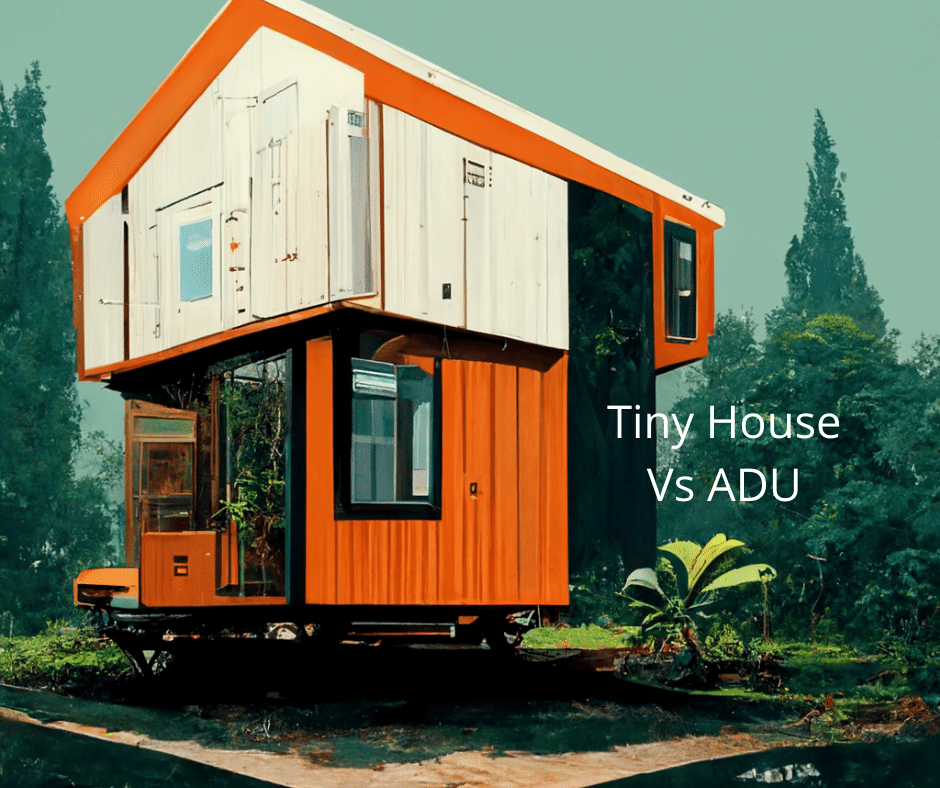Yurts and tiny houses are both compact and affordable living options often used as vacation homes or secondary residences. However, there are key differences between the two that can help you decide which is the best fit for your needs.
Yurts Have Been Around for Centuries
Yurts have been around for centuries and were initially used by nomadic tribes in central Asia. They’re now a popular form of temporary housing, especially in places where it’s cold and you need to be able to break down your home quickly.
Modern yurts are made of wood, canvas, and metal. They’re portable and can be moved easily, making them ideal for camping or travel. Yurts often have electricity hookups to be used as permanent dwellings and temporary housing while traveling or commuting between homes.
Tiny Houses Have Become an Increasingly Popular
Tiny houses have become a popular choice for many people. They are more affordable than traditional homes, sustainable, and mobile. Tiny houses are also minimalist and environmentally friendly by nature, but these benefits don’t end there: tiny houses can be flexible, efficient, and comfortable.
Modern Yurts Are Typically Made of Wood or Metal
Yurts are traditionally made of canvas, so the walls and roof of a modern yurt are often constructed from wood or metal. The walls are typically made of wood and the roof is made of metal. Modern yurts are also insulated, which helps keep them warm in the winter and cool in the summer.
A Tiny House Is Often Built on A Wheeled Trailer
A tiny house is often built on a wheeled trailer, making it more easily transportable. A tiny house can be moved to another location at any time, whether it’s in the same general area or not. You might want to consider shipping a tiny house if you plan to relocate to another city, state or country.
You Can Build a Yurt on Your Own
You can build a yurt on your own. They’re relatively easy to construct, and the materials are readily available. You can hire a professional to help with the construction, but it will cost you extra time and money (unless you find someone who does it for free).
Yurts are portable and easily moved around. One or two people can build them on any flat surface or trailer frame in a day or two.
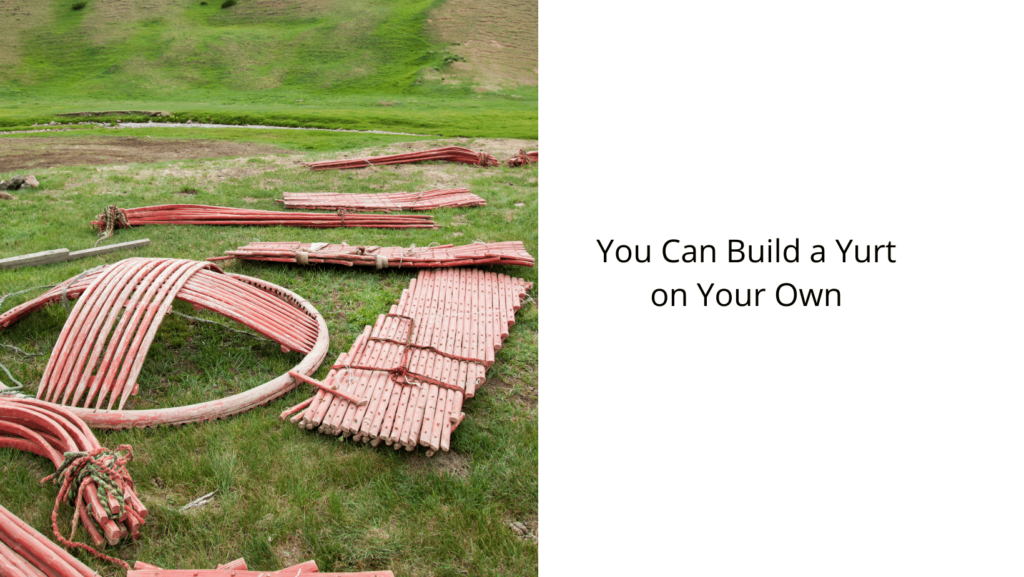
A yurt can be built on its foundation, but they also work well when placed over existing structures such as trailers or wooden decks.
The Cost of A Tiny House Varies Widely
The cost of a tiny house can vary widely depending on how you want to live.
If you’re building from scratch, the costs will depend on what materials you use and how much of the construction process you do yourself. For example, some people make their tiny homes out of salvaged materials, which could reduce costs significantly but take much longer to find than conventional building materials. On the other hand, some people pay builders or contractors to construct their homes for them—but this can be very expensive considering that a typical tiny house built by professionals costs anywhere between $25,000 and $100,000!
Another factor that affects cost is size: larger spaces tend to cost more money than smaller ones because they require more materials (such as lumber) or labor (for example, installing windows). If your dream home is big enough for multiple rooms, including bedrooms with closets and bathrooms with showers, then don’t worry about losing storage space—it’ll still be easy for two people living together in one room without any extra amenities such as air conditioning units installed into each corner room.
Some Companies that Manufacture Yurts Also Offer Installation and Set-Up Services
Some companies that manufacture yurts also offer installation and set-up services. If you buy a yurt, you can hire a professional to do the work for you. You can also do the work yourself or hire a contractor to do it for you. In some cases, if your spouse or friend has experience in construction trades, they may also be willing to help you out with this project!
You Can Construct Your Tiny House by Hand
As a tiny house owner, you can be the one to build your own home. If you have some basic carpentry skills, this could save money and time. You’ll be able to hire out any parts of the construction that are beyond your expertise (or hire someone with more experience in those areas) if they’re not within your budget or schedule.
If you’d rather have someone else do all of the work for you – great! Plenty of skilled craftsmen specialize in tiny house construction and can build an amazing structure without breaking a sweat (or their bank accounts).
Yurts Are Usually Equipped with Electricity, Plumbing, and Heating Systems
A yurt is a tent-like structure with a circular frame and a fabric cover. The word “yurt” comes from the Turkic languages and means “homeland.”
Yurts are often equipped with electricity, plumbing and heating systems that other tiny homes may not have. Electricity is not required in yurts, but it can be used to power lights or other small appliances such as an electric heater or stovetop. If you don’t use these things regularly, then you might not need any sort of electricity at all! Plumbing usually isn’t required for yurts either unless you plan on using one or two modern conveniences such as running water or an indoor toilet instead of going outside for nature’s call (this is called “going green”).
It Is Possible to Build a Tiny House Yourself (DIY)
You can build a tiny house yourself (DIY) and save money on rent or mortgage. The average cost of building a tiny house is $35,000-$50,000, depending on the size of your home. This is much less expensive than buying a home and you don’t need to pay property taxes or insurance on it either! Not only will you save money on rent or mortgage payments by living in a tiny house, but travel costs associated with owning real estate can also be significantly reduced!
Once ready to move into your new tiny home community then starting saving up for that first trip around the world! A great way to live more sustainably while still having fun discovering places off beaten path with friends/family
Conclusion
Overall, yurts and tiny houses are two great options for people looking to downsize their home. Both structures offer a lot of flexibility, but they also come with some important differences. It’s important to consider what kind of lifestyle you want before deciding which type of dwelling will be right for you. If you want something that’s easy to move around or if you need extra space in your backyard, then perhaps a small house on wheels is better suited than an actual yurt!
Hi, I’m Emma. I’m the Editor in Chief of Tiny House 43, a blog all about tiny houses. While tree houses are often associated with childhood, they can be the perfect adult retreat. They offer a cozy space to relax and unwind, surrounded by nature. And since they’re typically built on stilts or raised platforms, they offer stunning views that traditional homes simply can’t match. If you’re looking for a unique and romantic getaway, a tree house tiny house might just be the perfect option.
